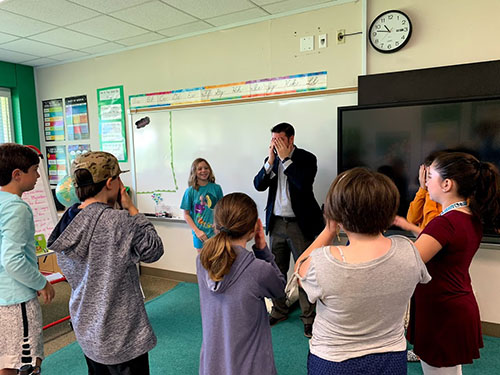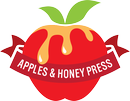How One School Boosted Student Success by Separating Prayer Connection from Reading Fluency: A Hebrew in Harmony Case Study

Educators at Congregation Beth Israel in Houston were among the first to adopt Hebrew in Harmony, and they instantly knew it was the right choice for them.
“Hebrew in Harmony is simply extraordinary,” says Samara Schwartz, principal of the Miriam Browning Jewish Learning Center (MBJLC) at CongregationBeth Israel. “It’s working very, very well for us.”
As with any curriculum used over time, however, educators have realized the need to make some tweaks for it to work even better for their 100 students in grades 3-6.
“We’re trying to do two things at once–increase connection to prayer and also increase reading fluency. Sometimes those things are in conflict,” says Schwartz. Students were organized by grade level, and educators faced a challenge when some students weren’t ready to move on and others were.
As of this fall, according to Schwartz, the MBJLC has "freed [itself] from the shackle of grade levels” for Hebrew reading, instead grouping students by skill level. (A different day is devoted to prayer connection by grade.) Each Wednesday, each room is devoted to a particular prayer, and students work on mastering reading that prayer before they move on to the next room. What this looks like in practice is that “teachers aren’t with third grade, they’re with Sh’ma and Barchu,” says Schwartz.
Students are “fairly mixed up” among the grades, Schwartz notes, adding that “it’s a real spur to the older kids who want to be with their friends in the older group, and it’s a feather in the cap of younger kids to be able to go into a room and work at the same level as fourth or fifth graders.” Only a few weeks into the year, and educators at Congregation Beth Israel have already noticed a “huge difference in engagement.”
Educators remind students that they are responsible for their learning. “If you want to learn faster, learn faster. Want to learn a different tune? Learn a different tune. It’s your prayer. Show me you can do it. Then move on to the next room. It’s the end of boredom,” says Schwartz.
To prove mastery of a prayer before moving on, teachers record students reading the prayer on an iPhone or other device. “The video is nice and easy, the teacher texts it to me, and I send it to the parents,” Schwartz explains. “Parents adore it. Kids are happy to come do their recordings because they love getting these emails, and will write back and say so.”
Interestingly, this format has prompted several students to ask to use the Hebrew in Harmony Digital App so they can practice reading and recording at home. “Most kids know the letters but suffer from ‘need-to-practiceitis’ so there’s this aspirational component that’s motivating them to work with the digital piece more and more,” Schwartz says.
On Sundays, each grade works on prayer-connective learning, working through the lessons in the Hebrew in Harmony Curriculum Core and student journals. These tools seem to decrease the time students take to understand the meaning of prayers, and educators are already planning to cover one additional prayer this year because students are grasping the concepts faster. “Just because you can’t read V’ahavta doesn’t mean you can’t talk about it,” according to Schwartz. “Learning about it is super fun. Reading it is super hard. By separating out the reading from the connection, we’re making both sides of the learning better.”
All students have individual access to the digital app, which is mostly used at home for practice, particularly by those who are struggling. Teachers will kick off the introduction to a new prayer by watching the videos about that prayer with the whole group, plugging Chromebooks right into a SMART Board or projector. They play the music for the curriculum through their phones or laptops, and the music is also reinforced and woven into the class t’filah time.
“I’m feeling really good about this program,” says Schwartz. “We are feeling more confident now and feel like we’ve wrapped our hands around what we need it to be for us. We’re open to adjusting as we need to make the learning even stronger for our kids. Nothing’s off the table.”
Don’t forget to subscribe to our newsletter and connect with us on social media!





